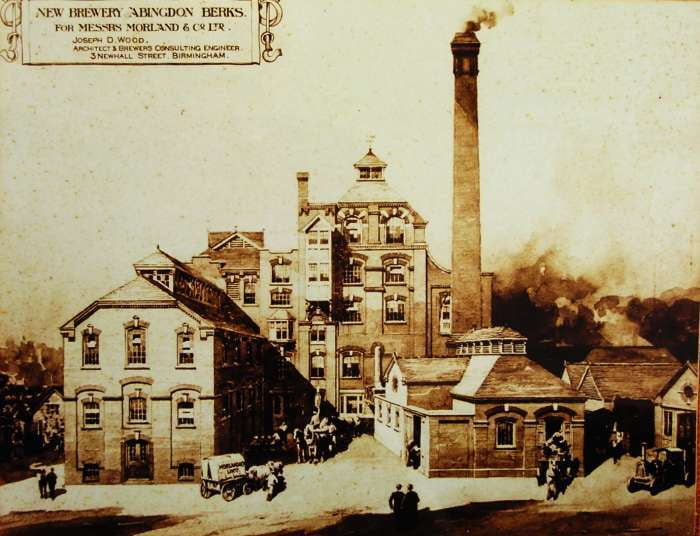How I learnt to stop worrying and love gas detection

The very first gas detection system I ever specified, back in 1994, was for Morlands Brewery in Abingdon. Long since closed now, they had a refrigeration plant and wanted to detect for ammonia around it.
Ammonia is commonly used as a refrigerant and poses some interesting questions when it comes to devising the most suitable gas detection system to address all the potential hazards associated with it. Here are some of the things to take into account.
Ammonia is toxic with an 8 hour occupational exposure limit of 25 parts per million (ppm), and one breath of 10,000ppm (1% by volume) of ammonia is enough to kill someone. It is important therefore to ensure that there are detection points which can alarm at this level close to the areas where people may be working around the plant and could possibly be exposed to leaking ammonia.
Ammonia is lighter than air, so it will tend to rise, however, because it is used as a refrigerant gas, it is likely that when it leaks it will be cold and this will slow down its movement. It will remain closer to the ground, where people are working and breathing, until it warms up. To ensure that any leak is detected before people can be hurt by the gas it is common, therefore, to mount toxic ammonia detectors in places close to points of possible leakage at around head height (1.5m from the ground).
The fact that ammonia is lighter than air means that it will gather in high places. In other words, if there is a relatively small leak of ammonia which is small enough to not trigger the instantaneous alarms at ground level, any build up of gas will occur in the roof space. This is particularly important with ammonia because as well as being toxic at part per million levels, it is also an explosive gas.
At 15% by volume ammonia becomes explosive. A small leak of gas could build over time, maybe months or years, and concentrate in the roof space until eventually reaching the lower explosive limit of 15%. At this point any source of ignition such as the lights being switched on causing a spark, will cause an explosion. For this reason it is also common to place detectors for explosive levels of ammonia in the highest point of the roof above any refrigeration plant.
The sensors used for detecting toxic levels of ammonia and explosive levels of ammonia are different, using different technologies, so a combination of the two is usually required.
Morlands Abingdon brewery is now a luxury apartment development, and my ammonia system long since decommissioned, but the same dangers can still be found in breweries and other food and drink manufacturers using ammonia in their refrigeration plants.
